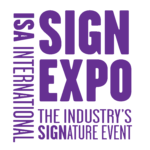Storage & Disposal of Neon or Fluorescent Lamps
Most sign companies work with a wide range of lighting sources, including neon, fluorescent, LEDs, high-intensity discharge lamps, and incandescent bulbs. Each of these lamps has unique requirements and best practices in terms of material handling and disposal. Some of these products contain small amounts of mercury, and are regulated by the US Environmental Protection Agency as hazardous waste. Therefore, sign companies should be very diligent about their process for handling used fluorescent and neon lamps, and very careful in cleanup of any broken lamps or lamp fragments. (Red neon bulbs are true neon lights – i.e., they use neon gas and do not contain mercury. Most other “neon lights” use argon or other noble gases, in combination with phosphor and mercury).
Years ago, many companies would dispose of used fluorescent lamps using a bulb crusher machine. Use of these machines likely triggers additional recordkeeping and hazardous waste disposal requirements – and is outright prohibited in several states. Additionally, many bulb crushers are designed only for straight fluorescent bulbs and not curved neon lamps.
Background
Used mercury-containing lighting products (also known as spent lamps or bulbs) are regulated by the U.S. Environmental Protection Agency under the Universal Waste Rule (UWR), which is a subset of the Resource Conservation and Recovery Act (RCRA) Subtitle C hazardous waste regulations. Most states have adopted these rules, and several have adopted regulations that are more stringent than the UWR. These federal hazardous waste rules are a complex set of regulations affecting all aspects of waste management. The Universal Waste Rule is a subset of these regulations which streamlines the management of selected common hazardous waste products, including batteries, certain pesticides, thermostats, and lamps. In general, the UWR prohibits spent lamp disposal in municipal landfills. Anyone who instead chooses lamp recycling under universal waste regulations will generally have reduced regulatory burden and costs.
If lamp recycling is the option that you have chosen, it is important to know that there are certain requirements that you must adhere to. Lamps that are sent for recycling under the Universal Waste Rule have less stringent requirements for storage, record keeping and transportation as compared to the requirements of the full Subtitle C hazardous waste regulations. Regardless of how you choose to manage your waste, you must be thoroughly acquainted with both state and federal regulations in order to determine how they apply to you. (See the State-by-State Stringency Table compiled by the Association of Lighting and Mercury Recyclers).
Find a Lamp Recycler Near You
The Association of Lighting and Mercury Recyclers has a directory of more than 50 company locations across the United States.
Are you eligible to Under the "Small Quantity Handler of Universal Waste" (SQHUW) Regulations?
Most sign companies fall under the scope of a SQHUW: “A generator (such as a business or building owner) or third party (such as a contractor) who accumulates less than 5,000 kg total of universal waste (such as spent mercury-containing lamps) at a time.” Among the requirements for an SQHUW (found at 40 CFR 273 Subpart B):
- Not required to obtain an EPA ID.
- Can store waste is up to one year.
- Lower level of training and information required for employees on proper handling and emergency procedures regarding mercury-containing lamps.
- Proper marking and labeling of universal waste is required.
The Association of Lighting and Mercury Recyclers has developed an excellent 1-hour employee training module that is freely available for download.
Or will you comply with the full subtitle C hazardous waste requirements?
Among these requirements:
- You must obtain an EPA ID.
- A hazardous waste manifest is required for transportation.
- A certified HW hauler must be used for transportation.
This option could greatly increase administrative, shipping and disposal costs.
COMPLIANCE FOR SQHUW SIGN COMPANIES
If you recycle lamps under the UWR, you are exempt from the HW manifest requirements. The UWR allows the use of a record of shipment like a bill of lading (BOL). It does not require the analytical testing or reporting of lamps destined for recycling.
If you recycle lamps under the UWR, you may use a common carrier instead of a certified HW hauler for shipment to a recycling facility; this typically lowers shipping costs.
WHAT ABOUT "BULB CRUSHERS"?
If your sign company intentionally breaks lamps, that action is considered “treatment,” and treatment of lamps (e.g., drum-top crushing) requires compliance with full Subtitle C requirements unless your state has authorized regulations allowing lamps to be crushed under the UWR. (See the State-by-State Stringency Table compiled by the Association of Lighting and Mercury Recyclers).
Crushed lamps cannot be shipped as Universal Waste in most states; therefore, the full hazardous waste transportation requirements apply, including the Hazardous Waste Manifest and a licensed Hazardous Waste Transporter.






